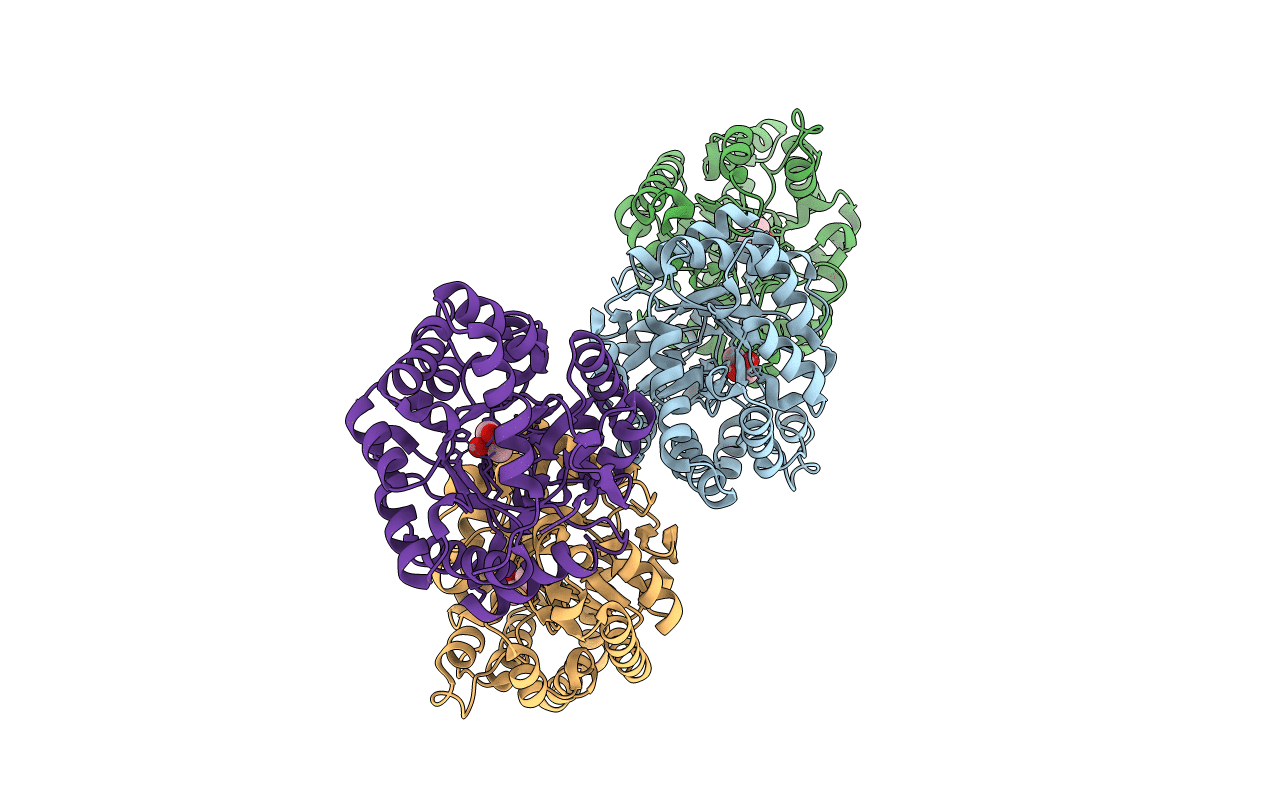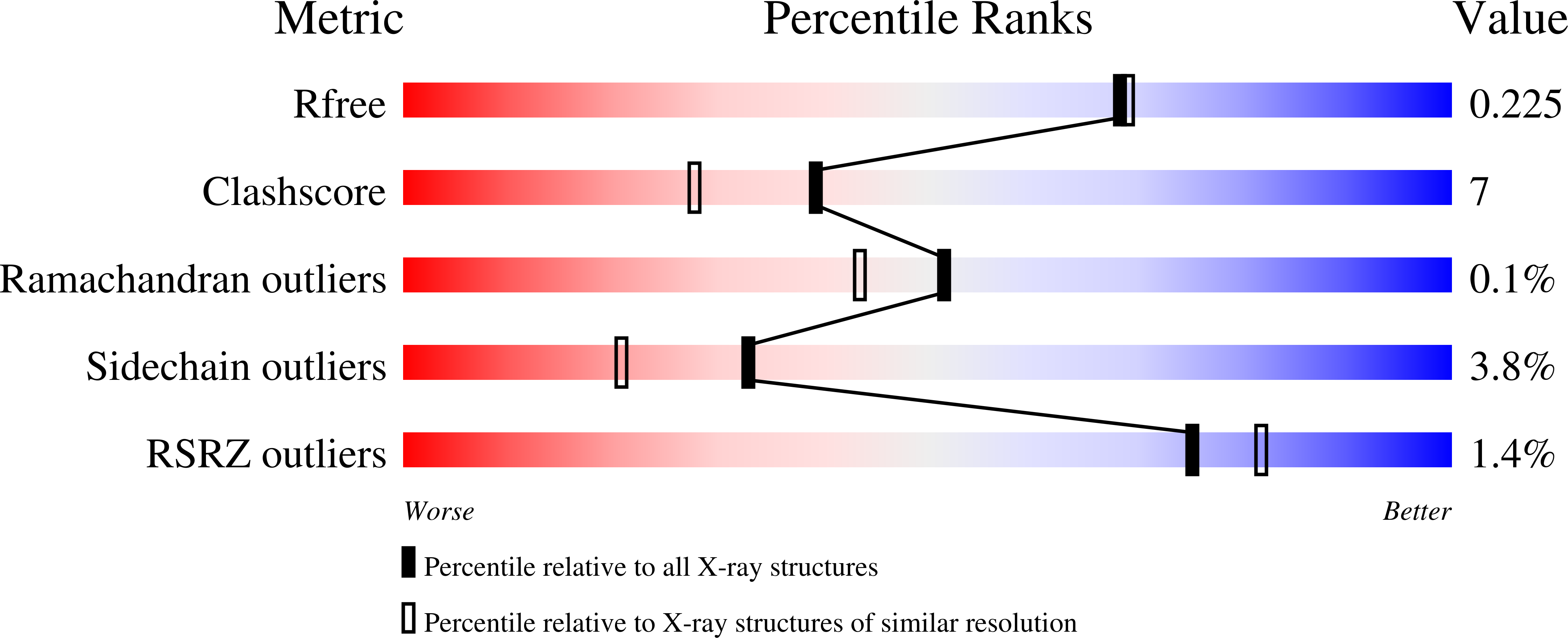
Deposition Date
2008-04-08
Release Date
2009-02-17
Last Version Date
2023-11-15
Entry Detail
Biological Source:
Source Organism:
Brevundimonas diminuta (Taxon ID: 293)
Host Organism:
Method Details:
Experimental Method:
Resolution:
1.95 Å
R-Value Free:
0.22
R-Value Work:
0.16
R-Value Observed:
0.16
Space Group:
P 1


